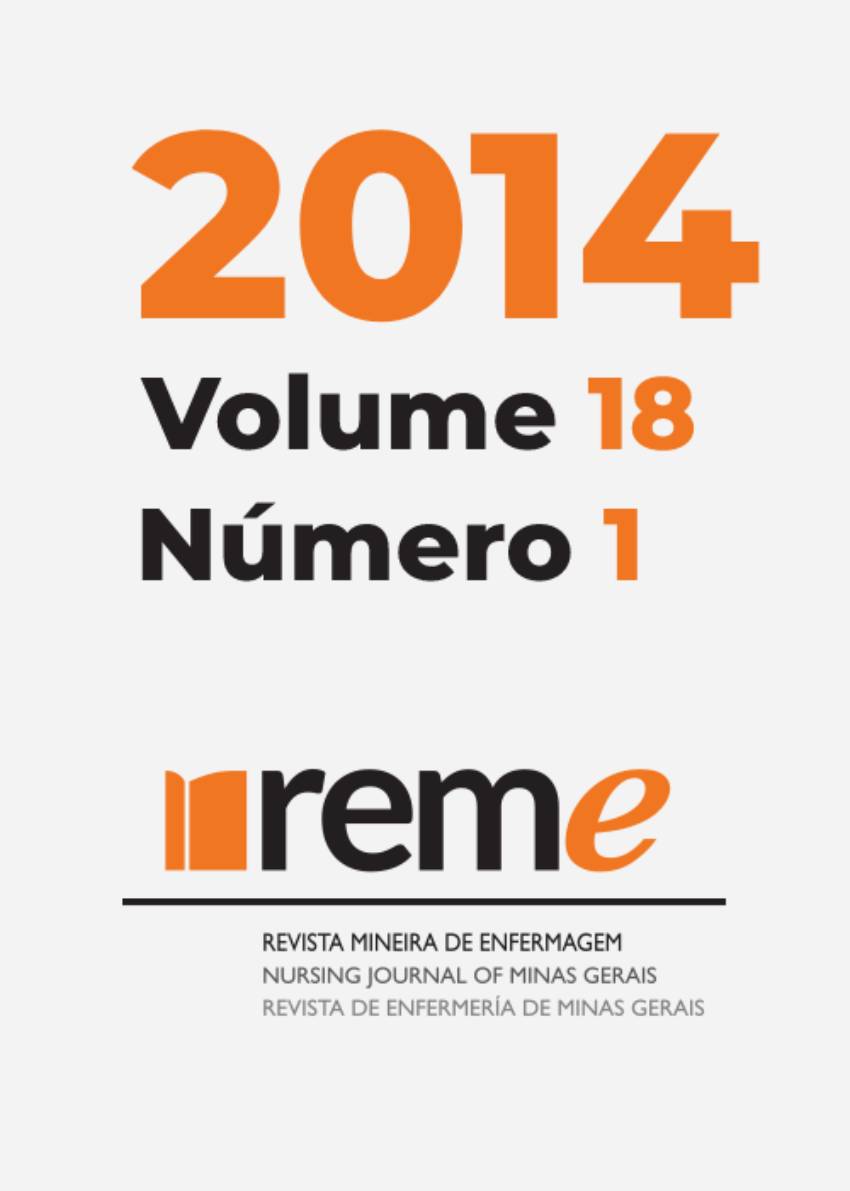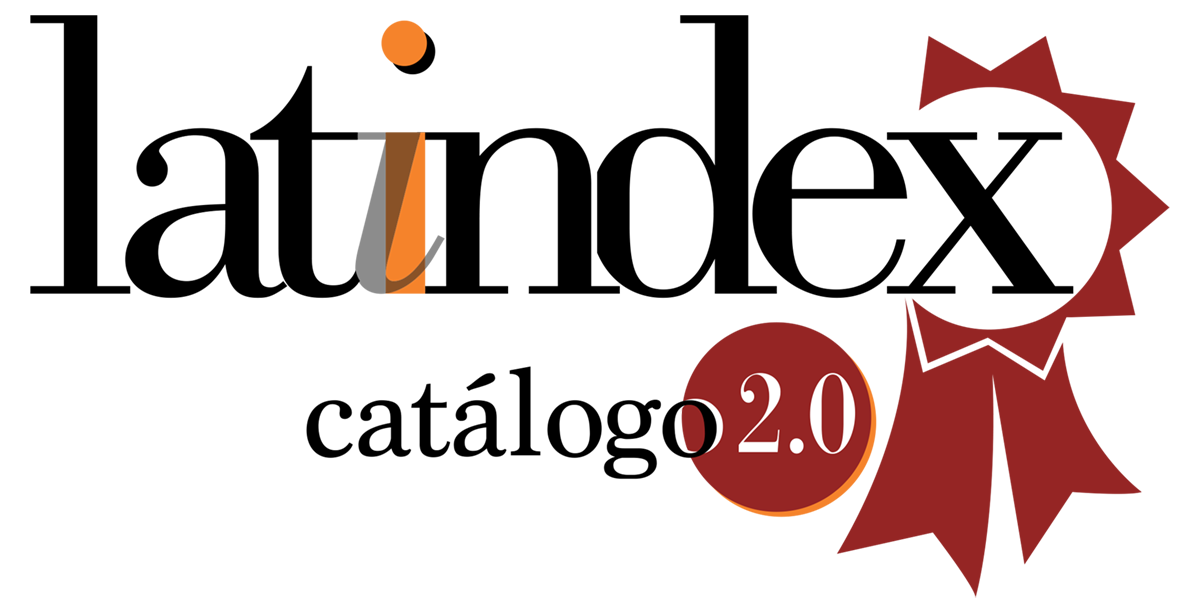Associação entre persistência de lesão de mamilos e condições de aleitamento materno
DOI:
https://doi.org/10.5935/1415-2762.20140006Palavras-chave:
Aleitamento Materno, Recém-Nascido, Mamilos, LesõesResumo
O objetivo foi verificar a associação entre persistência de lesão mamilar da puérpera e condições de aleitamento materno. Os dados foram coletados no alojamento conjunto e na consulta pós-alta do HU-USP. Fizeram parte da amostra 60 puérperas com lesão mamilar durante a internação. Observou-se que 73,3% apresentavam mamilos cicatrizados e 26,7% algum tipo de lesão. O tempo médio de cicatrização dos mamilos foi de 5,6 dias. Encontrou-se associação significativa entre persistência de lesão mamilar, padrão inadequado de sucção do neonato e dor mamilar. Concluiu-se que a primeira semana pós-parto é crítica, indicando necessidade de acompanhamento da puérpera. A associação entre padrão inadequado de sucção e persistência de lesão mamilar reforça a importância da assistência em aleitamento materno.Downloads
Referências
1. Organización Mundial de la Salud. Estrategiamundial para laalimentacióndel lactante y Del niño pequeño. Genebra: OMS; 2003.
2. Bettiol H, Freitas MHS, Pereira MJB, Barbieri MA, Silva AAM. Determinantes sociais do aleitamento materno. Rev Med HCFMRP-USP e CARL. 1988; 21(1/2):43-50.
3. Martins Filho J. Obstáculos à amamentação. In: Neme B. Obstetrícia básica. 2. ed. São Paulo: Sarvier; 2000. p. 245-50.
4. Mass S. Breast pain: engorgement, nipple pain and mastitis. Clin Obstet Gynecol. 2004; 47(3):676-82.
5. Pelá NTR. O aleitamento materno do recém-nascido: fatores mamários condicionantes. Bol Oficina Sanit Panam. 1983; 94(2):133-41.
6. Righard L. Are breastfeeding problems related to incorrect breastfeeding technique and the use of pacifiers and bottles? Birth. 1998; 25(1):40-4.
7. Righard L, Alade MO. Breastfeeding and the use of pacifiers. Birth.1997; 24(2):116-20.
8. Woolridge MW. A etiology of sore nipples. Midwifery. 1986; 2(4):172-6.
9. Faltin Júnior K, Machado CR, Ramanzzini WA, Santana VP, Parenti Filho C, Kessner C. A importância da amamentação natural no desenvolvimento da face. Rev Inst Odont Paul.1983; 1(1):13-5.
10. Martins Filho J. Como e porque amamentar. São Paulo: Sarvier; 1984.
11. Tait P. Nipple pain in breastfeeding women: causes, treatment, and prevention strategies. J Midwifery Womens Health. 2000; 45(3):212-5.
12. Vinha VHP. Amamentação materna – incentivos e cuidados. 2ª ed. São Paulo: Sarvier; 1983.
13. Unicef. Breastfeeding management and promotion in a baby-friendly hospital: an 18-hour course for maternity staff. New York: Unicef; 1993.
14. Berquó ES, Souza JMP, Gotlieb SLD. Bioestatística. São Paulo: EPU; 1980.
15. Vinha VHP, Nantes MGD, Paula GA, Scochi CGS, Shimo AKK, Pelá NTR. Tipos de mamilos em puérperas. Femina.1986; 14(8):692-5.
16. Shimo AKK, Vinha VHP, Ferreira DLB. Mama puerperal: uma proposta de cuidados. Femina. 1985; 13(2):159-64.
17. Vinha VHP, Pelá NTR, Shimo AKK, Scochi CGS. Trauma mamilar – proposta de tratamento. Femina.1987; 15(5):370-8.
18. Vinha VHP. O livro da amamentação. São Paulo: CLR Balieiro; 1999.
19. Motter AA, Ferreira CA, Schaffer G, Wengerkiewicz JC, Rosa LC, Tamaki J. Prevenção de fissura de mamilo e estímulo amamentação. Fisioter Mov. 1992; 5(1):61-70.
20. Giugliani ERJ. Problemas comuns na lactação e seu manejo. J Pediatr (Rio J). 2004; 80(5):147-54.
21. Silva IA. Amamentar: uma questão de assumir riscos ou garantir benefícios. São Paulo: Robe; 1997.
22. Shimoda GT, Silva IA, Santos JLF. Características, frequência e fatores na ocorrência de lesão de mamilos em nutrizes. Rev Bras Enferm. 2005; 58(5): 529-34.
23. Gaidzinski RR, Soares AVN, Lima AFC, Gutierrez BAO, Cruz DALM. Diagnóstico de enfermagem na prática clínica. Porto Alegre: Artmed; 2008.
Downloads
Publicado
Edição
Seção
Licença
Copyright (c) 2014 Reme: Revista Mineira de Enfermagem

Este trabalho está licenciado sob uma licença Creative Commons Attribution 4.0 International License.





































